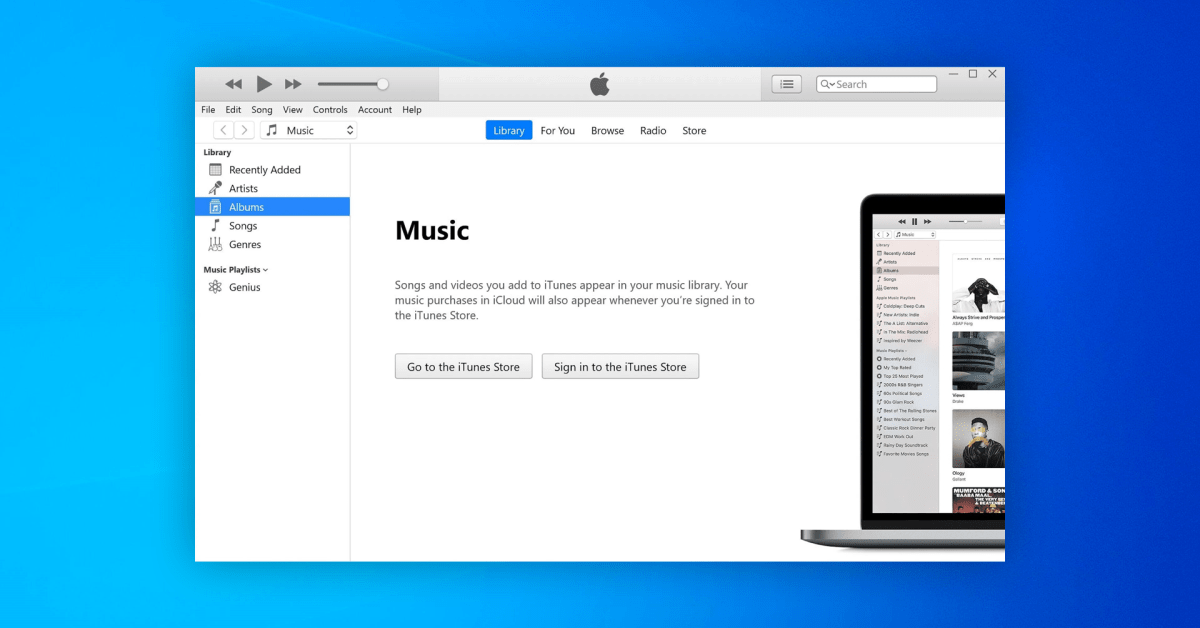On May 13, Samsung Electronics held its first Samsung 6G Forum under the theme of ‘The Next Hyper-Connected Experience for All’. The forum, which was broadcast live, was split into two sessions, with the morning session themed ‘6G Air Interface’ and the afternoon session themed ‘Intelligent Network for 6G’.
Both sessions at the Forum featured talks from experts across academia and industry who specialize in next-generation communications technologies, and featured topics covering the present state and ambitious future of 6G.
Read on for Samsung Newsroom’s recap of the Forum and the areas of research that took center stage at the first-ever Samsung 6G Forum.

Sebastian Seung, President and Head of Samsung Research, gives the opening speech at Samsung 6G Forum.
Sebastian Seung, President and Head of Samsung Research,1 opened up the Forum by sharing Samsung’s vision for the next-generation of communications technologies. “We envision that 6G will provide the ultimate in experiences through the next level of hyper-connectivity, and this idea serves as the foundation of our 6G vision,” noted Seung. “We believe that it is the right time to start preparing for 6G. Shaping 6G will require many years, as we have seen with previous generations, and will need lots of discussion and collaboration among players in industry as well as academia.”
Setting the tone for the rest of the day, Seung went on to express his confidence in 6G’s potential to become a fundamental technology that drives a convergence of services between industries and will be ultra-wideband, ultra-low latency, ultra-intelligent and hyperspatial, as well as opening up whole new realm of connectivity.

6G Air Interface: Relentless Innovation of Wireless Technologies and United Efforts To Secure New Spectrum Opportunities

Jeffrey Andrews, Professor at the University of Texas at Austin, delivers his keynote for the morning session of Samsung 6G Forum.
Opening up the morning session of the 6G Forum, Jeffrey Andrews, Professor at the University of Texas at Austin, delivered a keynote speech titled ‘Deep Learning in the 6G Air Interface’. This keynote saw Andrews focus on the role of machine learning in next-generation communication, including how 6G communication can improve the performance of air interface through deep learning as well as how more deeply-penetrated machine learning might be expected to transcend the current limits of 5G technologies. “In order to successfully apply machine learning to 6G as well as 5G, it is of course necessary for us to understand both wireless communications and machine learning fundamentals,” emphasized Professor Andrews. “It is essential for us to work together in order to make progress on this topic and do novel work.”

The keynote speech was followed by a series of in-depth expert talks, the first of which was given by Charlie Zhang, Senior Vice President (SVP) at Samsung Research America and titled ‘Radio Technology Evolution for Beyond 5G and 6G’. SVP Zhang introduced the R&D progress for the possible wireless technologies of 6G communication and presented two new 6G spectrum opportunities that are currently being investigated: an upper mid-band of 7-24 GHz and an enormous sub-terahertz band of 92-300 GHz. “Both options provide us with a very good opportunity to find enough capacity for all these exciting 6G services,” noted SVP Zhang. SVP Zhang then described how the sub-terahertz spectrum has been used in field testing by his team. He also introduced advanced duplex technology, XDD, for enhanced coverage and innovative distributed MIMO. He concluded with an enthusiastic reiteration of the value of cooperation, emphasizing the need for collaboration between institutions, companies and countries necessary to bring about future innovations.

Takehiro Nakamura, SVP and General Manager at NTT DOCOMO, delivers an online talk titled ‘5G Evolution and 6G’.
The second expert talk was given by Takehiro Nakamura, SVP and General Manager at NTT DOCOMO under the title of ‘5G Evolution and 6G’. As well as discussing the global growth seen recently into 5G and 6G research, SVP Nakamura expressed his opinions on performance improvement in the case of Innovative Optical and Wireless Network (IOWN) technology being applied in 5G and 6G communications. “6G networks can perform as human nerves,” detailed SVP Nakamura regarding the potential of IOWN technologies applied for 6G. “They can augment and extend human capabilities. If we can share body movement, the five senses and emotions through 6G networks, we can realize very interesting and exciting new services which were described as science fiction.”

John Smee, SVP of Qualcomm Technologies, Inc., presents his talk at Samsung 6G Forum.
The third expert talk of the morning session was conducted by John Smee, SVP of Qualcomm Technologies, Inc., on the topic of ‘Driving Air Interface Innovation Toward 6G’. SVP Smee carefully detailed how technological innovations will pave the path to a 6G world. “When we take a step back and imagine the world in 2030, it’s really about understanding changing the physical world and many different types of devices that we will have connected,” he explained. SVP Smee highlighted six key research vectors in particular: artificial intelligence (AI)/machine learning (ML)-powered E2E communications, spectrum expansion and sharing, new radio designs, communications resiliency, scalable network architecture and the merging of worlds.

Juho Lee, Fellow at Samsung Research, leads a panel discussion around 6G RAN technology.
Following the presentations, Juho Lee, Fellow at Samsung Research, led a panel discussion on 6G RAN technology. The seven key themes addressed by the panel were the strengths of 6G over 5G, the killer applications for 6G, the relationship between 5G-Advanced and 6G, the performance requirements for 6G wireless technologies, the spectrum for 6G, wireless technologies for 6G and the potential of AI for air interfaces. “Securing new spectrum is one of the most important elements for research and development of the 6G air interface technology,” noted Lee. “Without the new spectrum, it will be difficult to build a next-generation system.”

Sunghyun Choi, Executive Vice President (EVP) and Head of Advanced Communications Research Center at Samsung Research shares Samsung’s latest 6G research results.
The morning session was then concluded by Sunghyun Choi, Executive Vice President (EVP) and Head of Advanced Communications Research Center at Samsung Research, who shared the most recent results of Samsung’s research into key 6G candidate technologies along with demonstration videos.

Intelligent Network for 6G: Native AI Support for Next-Generation Communications

The afternoon session commenced with a keynote speech from Tarik Taleb, Professor at University of Oulu, Finland, under the title of ‘6G Networking — The Journey Towards a Novel Vision of “Service of Services”‘. In his keynote, Professor Taleb advocated for the use of AI, network function, virtualization, software-defined networking and edge/cloud computing in order to reduce expenditure and operational costs, and proposed that 6G should be viewed as a new service concept beyond next-generation communications. “I would like to share the view of this journey which I think is going to lead us to another vision of 6G as being a service of services, rather than what is known as 6G being a network of networks.”

Following the keynote, Seungjoo Maeng, Master at Samsung Electronics, gave a talk on ‘Challenges in Applying AI/ML Technology to Improve Performance of Mobile Communication Systems’. In his talk, Master Maeng highlighted some of the challenges that might arise when AI/ML technologies are applied to 6G, and went on to propose some potential solutions. Master Maeng also concluded that collaboration among experts is the key to solve the issues of applying AI/ML technologies to 6G: “Experts should work closely together to develop meaningful and efficient technologies,” he said. “Working together is the key for successful technology development.”

The next talk was given by Byonghyo Shim, Professor at Seoul National University, under the theme of ‘Deep Learning-Aided Mobile Detection and Beamforming for mmWave and THz Communications’. The talk presented a new paradigm for mmWave and THz communications based on deep learning (DL). “Down the road we’ll have more emerging applications, like AR, VR, XR and metaverse, to name just a few and they require further increase of data rate,” noted Professor Shim. “Deep learning would contribute for improving the performance of beamforming that is the essential technology for high frequency band used to increase the data rate when it comes to supporting emerging applications.”

The final talk of the day was given by Shi Jin, Professor at Southeast University, China. In his talk, titled ‘Deep Learning-based CSI Feedback in Massive MIMO Systems’, Professor Jin highlighted the challenges inherent to applying AI/ML technologies to massive MIMO systems as well as the ways that could solve them. “In the past 10 years, deep learning has achieved great success in many areas,” noted Professor Jin. “Inspired by this success, deep learning has been introduced in wireless communications and our work — deep learning-based CSI feedback — has become a popular topic in 6G research.”
Following the afternoon sessions’ talks, EVP Choi led a panel discussion on network AI that saw the Forum’s experts share their opinions on the way AI technologies are being investigated actively in 6G research and development. The participants also shared their thoughts on the research direction for AI in 6G on the topics of native AI, cost issues, interoperability, standardization of technologies for support of AI and reliable AI.

Tarik Taleb, Professor at University of Oulu, Finland, takes part in the Samsung 6G Forum’s afternoon panel discussion.
The panel discussion also saw the participants deal with the challenges surrounding the commercialization of 6G, their predictions for the future of AI/ML technologies in 6G and, more generally, what needs to be prepared for realizing 6G. “We need to define all the KPIs, accuracy and reliability of AI models in order to get into standardization of the technologies required for support of AI,” noted Professor Taleb, who also emphasized the need for digital twins and simulators for the benchmarking of AI models. Professor Shim also advocated for the importance of collaboration in this process, noting that: “in order to standardize the technologies required for truly using AI in 6G, cooperation based on consensus across companies is key.”
At the inaugural Samsung 6G Forum, the thoughts and experiences that were shared by experts around the current status and future of 6G provided a glimpse into the future of 6G that Samsung, along with industry experts, academics and partners, is working hard to realize. Stay tuned to Samsung Newsroom for all the latest news on the next generation of communications technologies.
Key Takeaways From the Samsung 6G Forum’s Speakers

1 Samsung Research, acting as Samsung Electronics’ advanced R&D hub, leads the development of future technologies for the company’s Device eXperience (DX) Division.









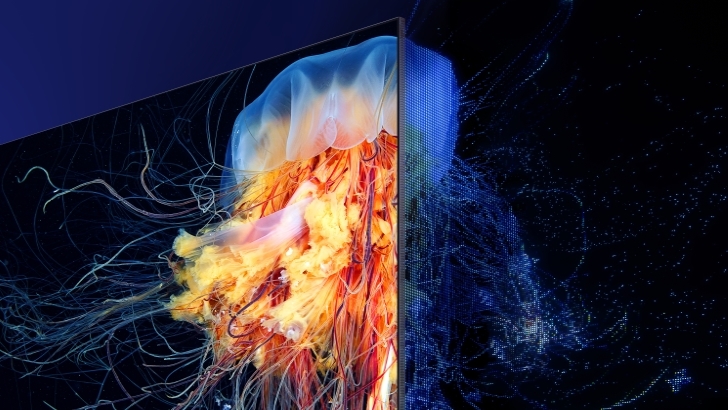











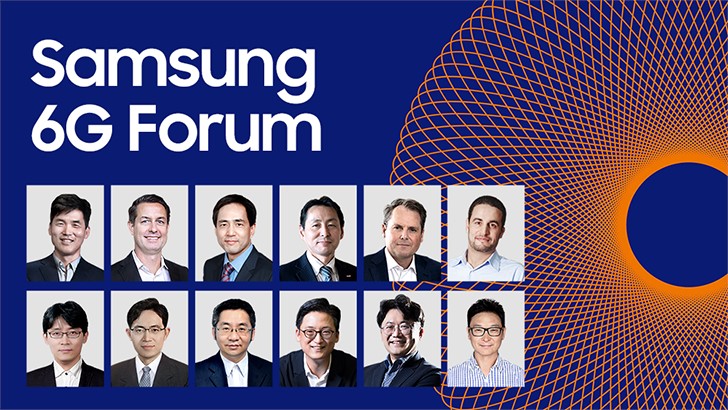















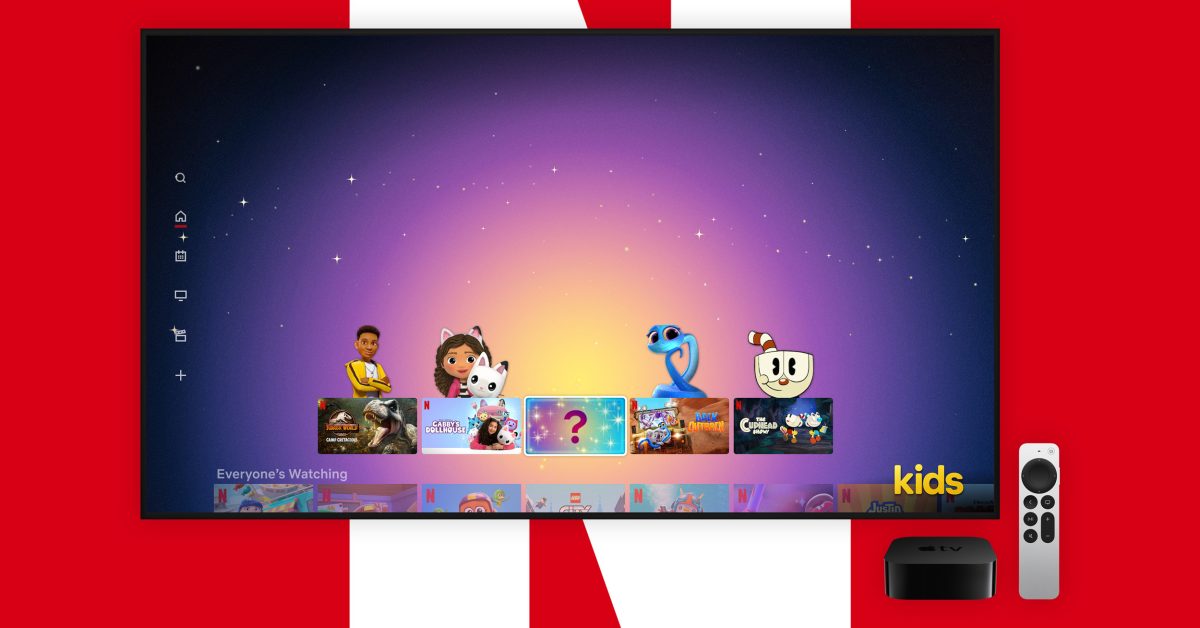
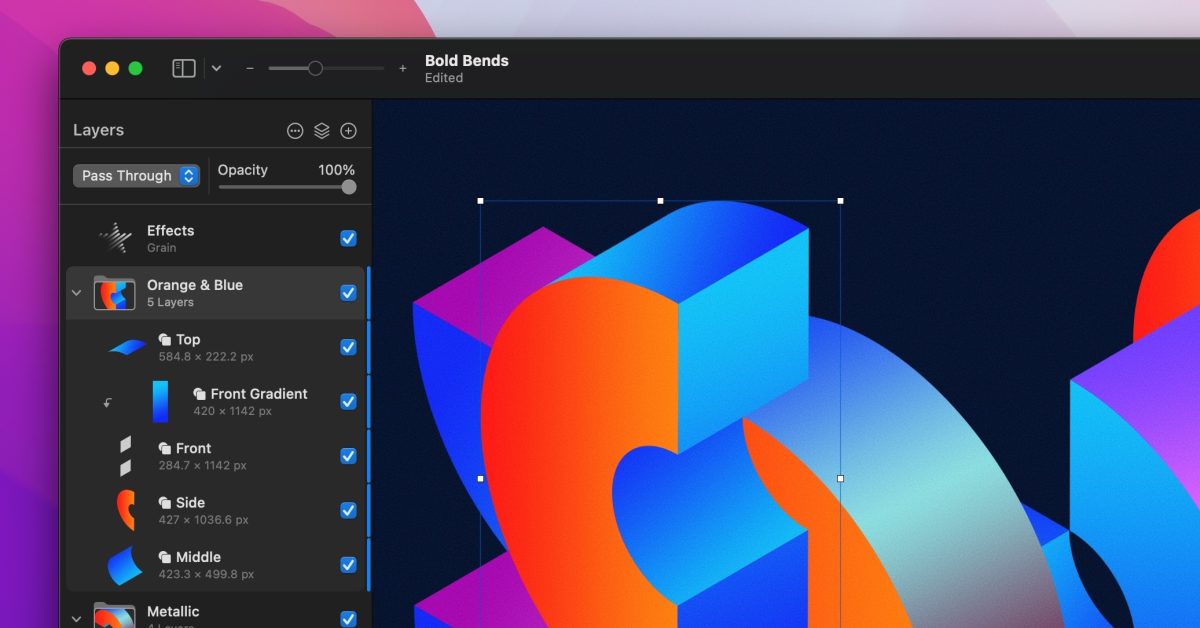




:no_upscale()/cdn.vox-cdn.com/uploads/chorus_asset/file/23575814/rockruff_raid.jpg)

